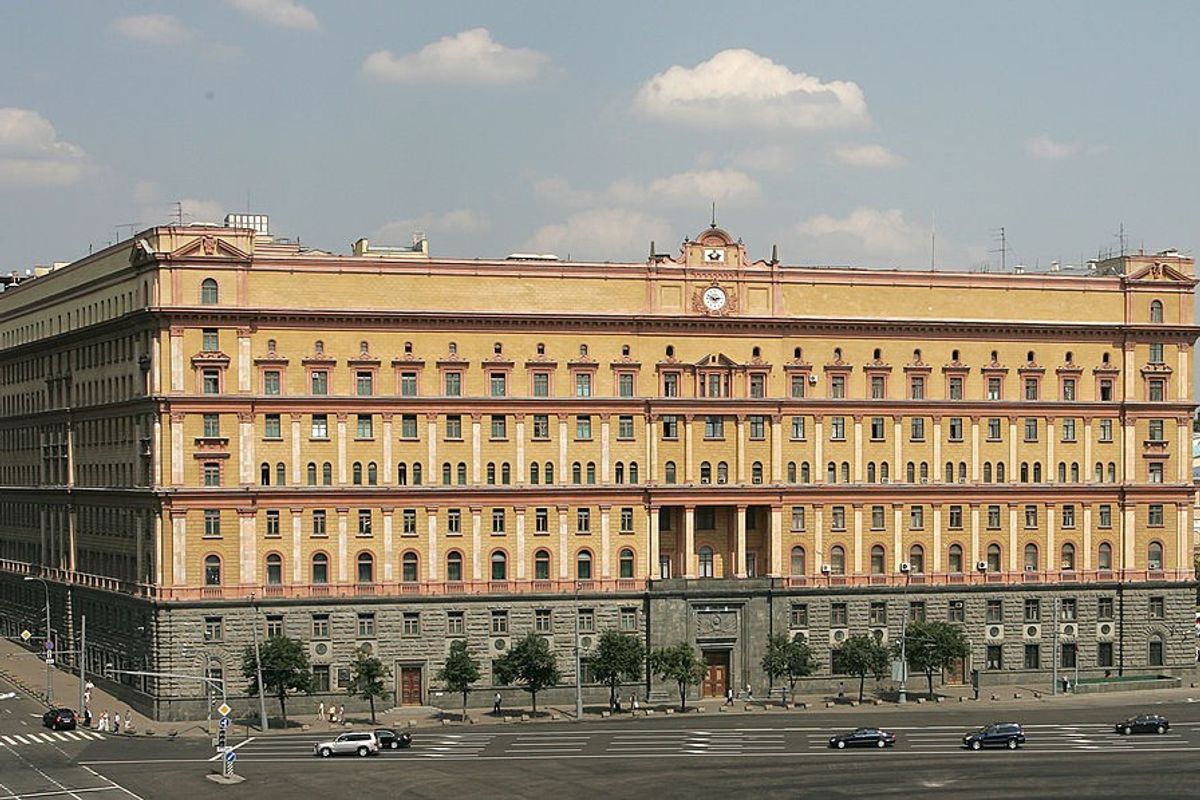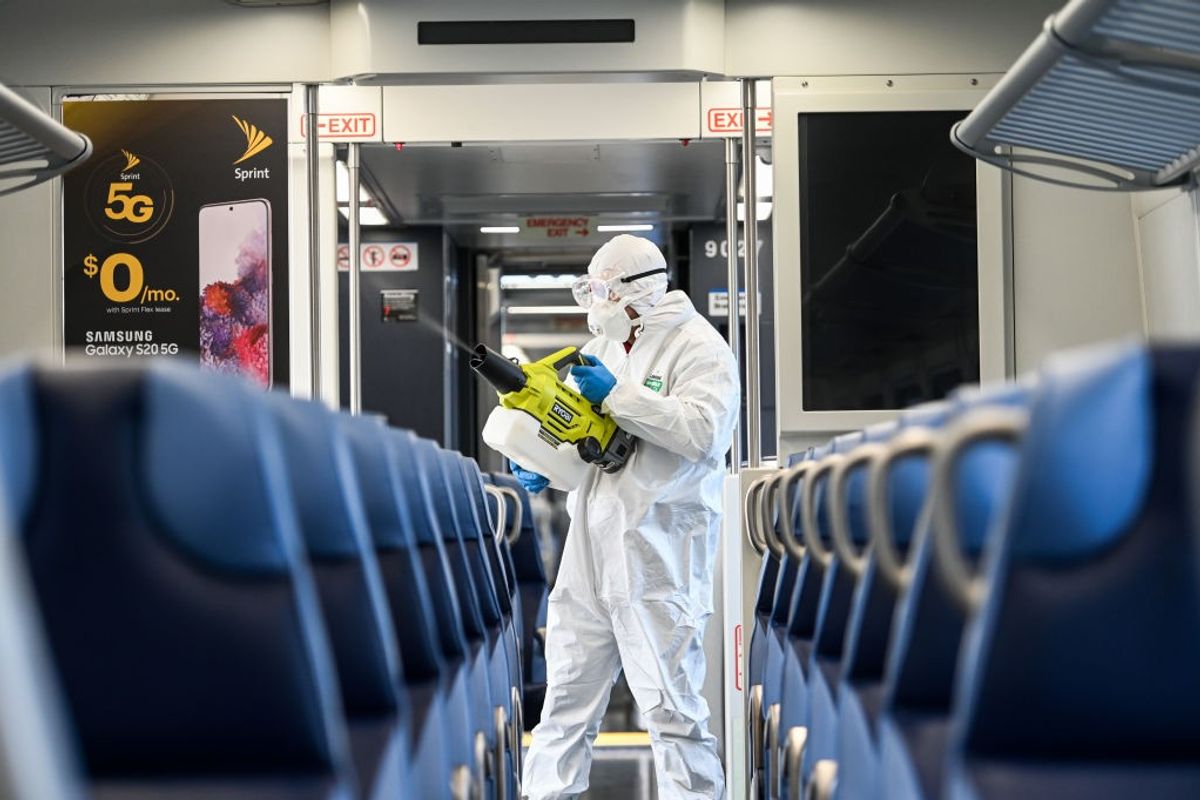OPINION — America’s national intelligence services were forged in wartime and have traditionally transformed after crises— after 9/11, the Berlin Wall’s fall, and the Iran-Contra scandal.
Today, under President Donald Trump’s action-oriented leadership, there’s a rare chance to enact necessary preemptive changes. These include structural reform, a talent pool shake up, and the adoption of private-sector technologies and data, to better position America in the face of competition with China, cyberattacks and other gray-zone activity, and the threat of narco-terrorism.
When functioning optimally, the U.S. intelligence community (IC) collects vast troves of data—some publicly available, some uniquely sourced. It analyzes this data and delivers insights to leaders, giving them a strategic advantage in trade, border issues, counter narcotics, nuclear proliferation, security, health, and diplomacy. When intelligence provides this edge, America wins.
The problem today is that the intelligence community isn’t functioning optimally. Agents can’t operate across borders with impunity, analysts have few AI-driven tools, morale is low, data remains in siloes, and U.S. leaders often resort to the media to get the information they want – at the same time as everyone else. These inefficiencies disadvantage America.
What may be working in America’s favor, however, is that a new presidential administration is in power. It is an administration that, with a Republican Congress, may be uniquely able and inclined to rebuild the community without the nation first suffering a disaster.
Perhaps only once before has a President transformed America’s intelligence services proactively. In 1941, as World War II neared, Franklin Roosevelt, concerned that he was not getting the information he needed to make the best decisions in advance of war, appointed William “Wild Bill” Donovan to create the Office of Strategic Services (OSS), the precursor to the CIA, U.S. Special Operations Command, and the State Department’s Bureau of Intelligence and Research.
Roosevelt knew that Wild Bill was a norm-challenging “cowboy” who embraced bold missions to achieve critical goals. Could President Trump, CIA’s John Ratcliffe, DNI Tulsi Gabbard and others replicate that historic success? The opportunity exists, but it requires leadership focused on building with a clear roadmap, not simply tearing down, to address three core challenges: structural inefficiencies, mis-incentivized talent, and outdated technological adoption.
Structural Inefficiencies
The Trump Administration and a Republican Congress could partner to overhaul the intelligence community’s Cold War-era structure, which remains duct-taped together post-9/11. Eighteen agencies, including the CIA, NSA, and FBI, often operate with overlapping responsibilities. The Office of the Director of National Intelligence lacks authority, budget control, and vision.
A private-sector-inspired restructure could streamline functions across agencies, for example, merging entities like the National Reconnaissance Office and National Geospatial-Intelligence Agency while aligning them with the Space Force. It could also refocus agencies on their core missions – for example, re-focusing the CIA on espionage and better positioning important but incongruent functions like open source intelligence. Revisiting the 2004 Intelligence Reform and Terrorism Prevention Act could create a modern apparatus suited for today’s dynamic threats.
Experts are gathering at The Cipher Brief’s NatSecEDGE conference June 5-6 in Austin, TX to talk about the future of war. Be a part of the conversation.
Attracting talent
Paired with deferred resignations and early retirements, the administration could leverage private-sector expertise to attract and retain top talent capable of applying advanced AI and data analytics - which can help America get to insights before its adversaries. Leaders who take risks, integrate intelligence production more closely with policymaking, and deliver actionable intelligence would be rewarded, while term limits for senior executives could refresh leadership. This shift might also allow the sunsetting of expensive and distracting innovation organizations, like CIA’s DDI [Directorate of Digital Innovation], which exist because to date, actual mission leaders haven’t been accountable for adopting new technologies into their espionage. Legislation such as the ENABLE IC Acquisitions Act, which supports technology exchanges and innovation, could further empower this transformation.
Technology and Commercial Data Adoption
The administration could further accelerate the speed to intelligence insight, partnerships with the private sector, and the adoption of new technologies by finally establishing the first independent National Open Source Center to leverage publicly available data and crowdsource intelligence efforts. Declassifying and automating workflows would make intelligence more accessible, benefiting allies and private-sector partnerships while enhancing transparency and trust. Collaborative workspaces would also use multiple bill payers and streamlined acquisition processes to speed adoption of AI, quantum and other technologies across agencies that otherwise would not have the resources.
The administration’s interest in rebuilding intelligence services could re-establish America’s IC as the best intelligence apparatus in the world. Instead of waiting for a crisis like most administrations, the Trump Administration can seize this moment to build proactively. By disrupting the status quo, America’s intelligence apparatus could once again deliver a decisive advantage, this time in the competition with China, the battle against narco-terrorism, and those various gray-zone threats.
In 2025, President Trump, Tulsi Gabbard, and John Ratcliffe could lead the IC through another ‘Wild Bill’ moment, securing America’s leadership and delivering information advantages that ultimately benefit its citizens.
The Cipher Brief is committed to publishing a range of perspectives on national security issues submitted by deeply experienced national security professionals.
Opinions expressed are those of the author and do not represent the views or opinions of The Cipher Brief.
Have a perspective to share based on your experience in the national security field? Send it to Editor@thecipherbrief.com for publication consideration.
Read more expert-driven national security insights, perspective and analysis in The Cipher Brief














